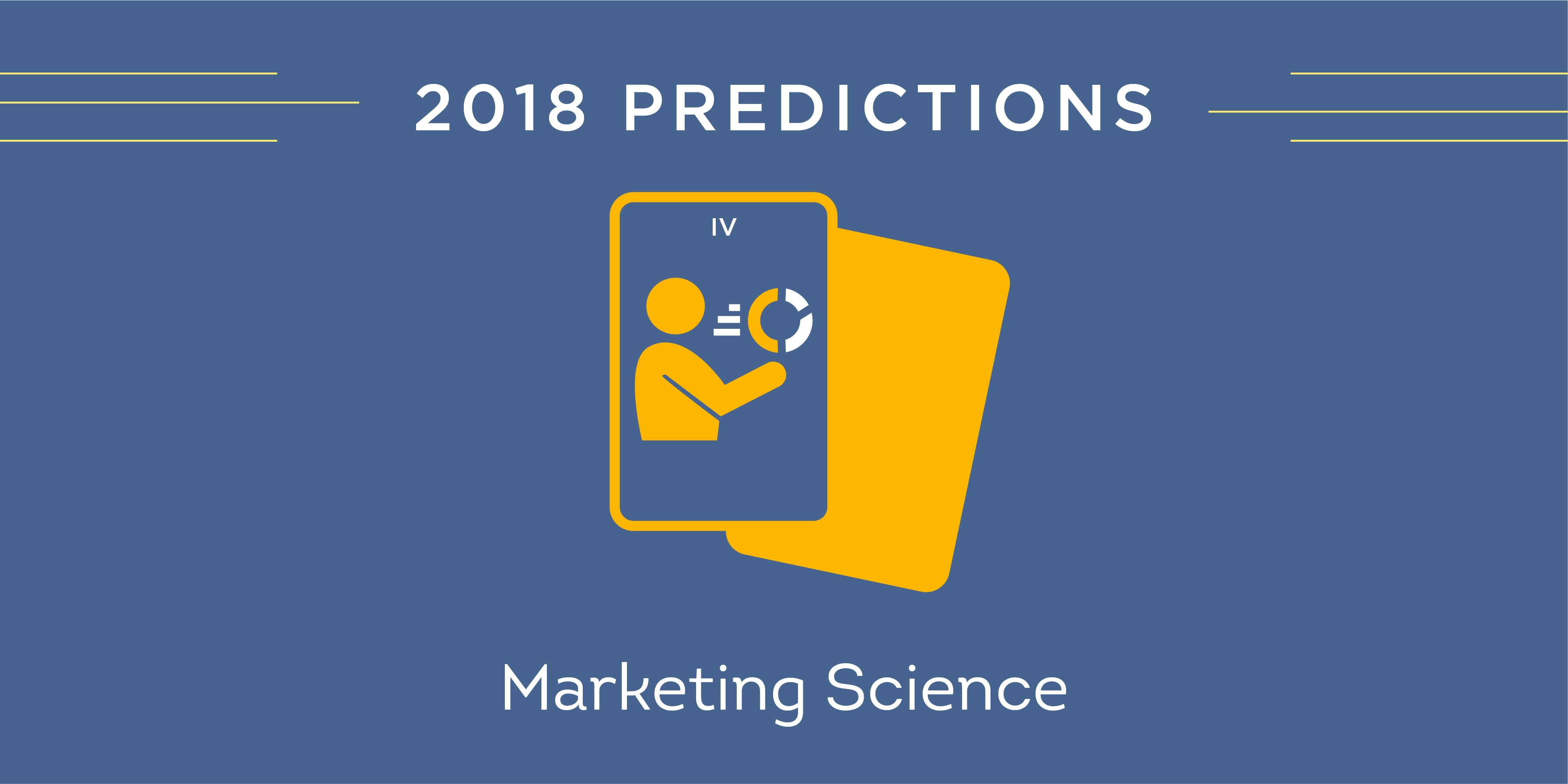In marketing agencies, there are two kinds of numbers people: those who make reports, and those who ask for them. Regardless of which group you belong to, 2018 will be a year where you should start feeling the impact of cloud-based business intelligence (BI) tools like Tableau, Power BI, Qlik Sense and the now-free Google Data Studio.
I say “should” because your organization may not yet be willing to take the BI plunge next year. I get it — coming from a financial services background, I was trained to become an Excel jockey, and it’s served me rather well over the years. And for those of us who prepare or deliver client presentations, PowerPoint is as much a boardroom fixture as a giant table is. So why change if we don’t have to?
Despite Microsoft Office’s many decades of reporting rule, the tables have turned (no pun intended). Here are several hard-to-ignore reasons why your organization should strongly consider migrating to interactive cloud-based BI reporting in 2018.
1. Bigger Data
While the term “Big Data” is #trending, for the most part we digital marketers don’t deal with true Big Data sets. With each passing year however, we do handle “Bigger Data.” We frequently wrangle and summarize millions of rows of ad performance, web analytics and CRM data generated from increasingly granular campaigns and very broad product offerings. MS Excel taps out at just over 1M records, Outlook caps our email attachments at 25MB and processing large files locally can be outright painful. The manual steps required to pivot, copy-paste values, summarize and format data into manageable file sizes invites costly human error to the party, threatening to jeopardize precious trust and credibility.
Whether you’re building or reading these reports, no matter how smooth you think your reporting assembly line is, if you have anything resembling a large data set, cloud-based BI tools come out on top every time.
2. Long-Run Operational Efficiency
It’s true: training your staff to build or consume reports on a BI platform like Tableau requires some spending, certainly on the deployment and build side. Before dismissing an organizational reporting upgrade, it’s important to recognize that the operational gains derived from this investment can come in many forms:
- Maintenance: Updating reports can (and should) be fully automated. With every passing month, you’ll realize additional savings on labor when moving to a BI platform.
- Error: The inevitable mistakes in manual builds consume a lot of wasted energy in both correspondence and data reconciliation. Let’s not forget the risk of losing clients over lost credibility.
- Self-discovery and interactive functionality: This is inherent in BI reporting and decentralizes and redistributes some of the build cost associated with reports to end users.
- Speed: BI tools drastically shrink report delivery times so you can move faster, reducing the opportunity cost of inaction, all while giving your firm a competitive edge.
- Scaling: Let’s face it: customized reporting isn’t always a necessity. Many clients have similar data sources with similar conversion points. BI tools are built for templating — once data models are built and API connections are made, scaling is cheap and easy from one client to the next. Try to think broadly and longer term when doing your own BI reporting solution cost-benefit analysis. It will likely pay off in the long run.
3. Rapidly Evolving Functionality
Historically, “reporting” has held prominent real estate in the job descriptions of media specialists and analysts. While BI tools promise to free up time for staff to devote more time to optimizing media, BI tools also present analysts with an incredible opportunity to improve the quality and sophistication of their media reports and analyses.
With constantly expanding statistical functions, and integration with statistical software environments like R, BI reporting platforms enable a new generation of media reporting. If you’re looking to gain a competitive advantage in 2018, it’s time to start thinking about levelling up your generic monthly reports to include confidence intervals, seasonality trends, forecasts and more.
Rapid iteration of new features, visualizations and charts, UX, geo-analytics and even new color schemes make interactive BI reporting platforms the way of the future. In the words of data visualization guru Edward Tufte, “PowerPoint is like being trapped in the style of early Egyptian flatland cartoons rather than using the more effective tools of Renaissance visual representation.”
4. Plummeting Costs
BI is becoming less cost-prohibitive with every passing year. Technology gains combined with a steady stream of new entrants are forcing the price of cloud computing, data processing and BI software licensing steadily down. Google Data Studio’s free offering changes the game considerably. If you haven’t shopped BI tool pricing lately, I suggest you take another look.
Sure, providing clients with old school MS Office reports can rack up billable hours, but building a business around inefficient processes is not a sustainable strategy. In 2018, expect many more agencies to offer dynamic reporting and expect clients to outgrow Excel and PowerPoint reports. 2018 is the year to implement cloud-based BI reporting. Either stay comfortable and risk falling behind, or leap ahead, save money, reduce error and increase your reporting sophistication.
Kuhan Puvanesasingham is DAC’s Digital Media Analyst. DAC’s Marketing Science team specializes in BI reporting in Qlik Sense. If you’re thinking about breaking up with Excel or Powerpoint reporting, please get in touch.




